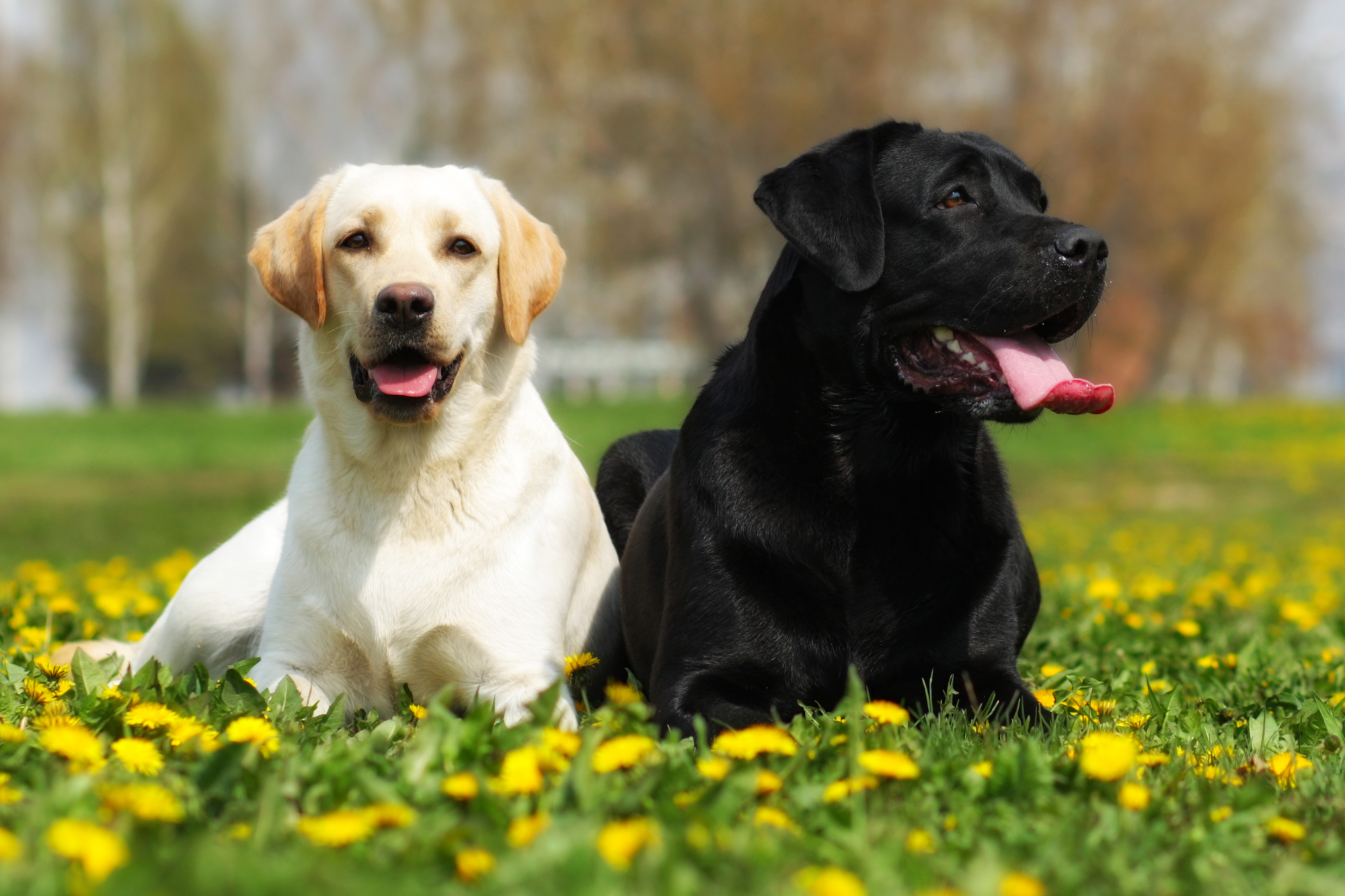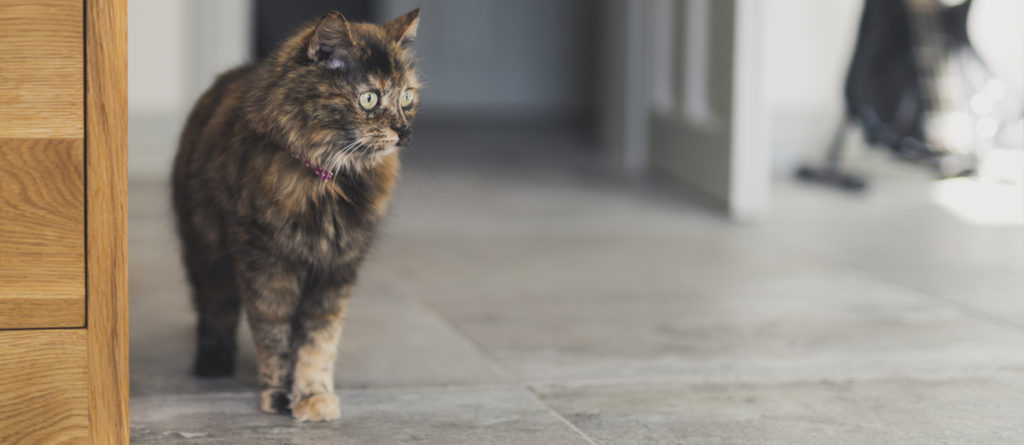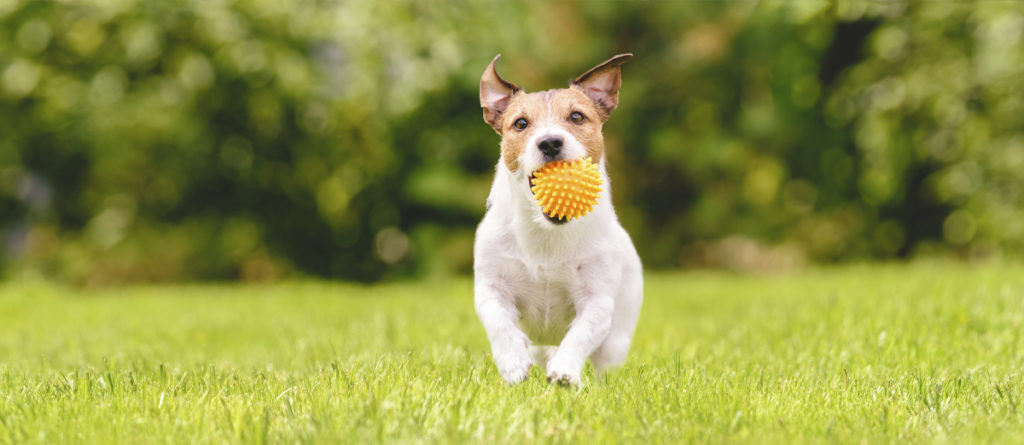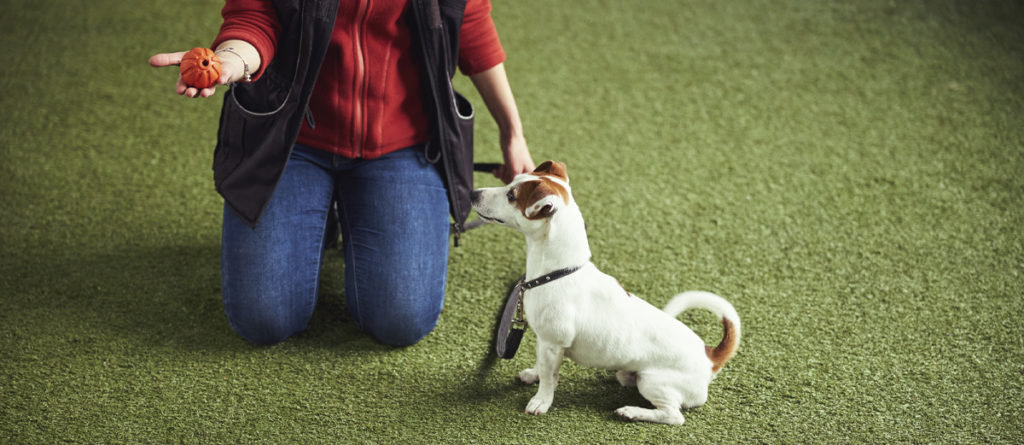Some pets are more curious than others, and this curiosity can cause them to get into dangerous situations. This is especially true of pets who spend time outdoors. It is important to take measures to protect such pets even when they are not under direct supervision.
Tips for Protecting Curious Pets Who Like To Wander
What’s In This Guide
Indoor Pet Safety
While there are many dangers to pets outside, hazards are not exclusive to the outdoors. There are many common hazards in the typical household as well. To most effectively pet-proof your home, it is best to consider what items you keep in your home, areas that your pet can access, and the typical behaviors of your pet.
Living Spaces
The following are steps that you can take to pet-proof living spaces such as living rooms, bedrooms, and dens:
- Ensure that any heavy items are carefully secured.
- Utilize proper cable management techniques to prevent pets from chewing wires.
- Research the potential toxicity of any houseplants that you keep in your home.
- Ensure that tight, unsafe places such as vents are secured.
- Take care when using potentially dangerous machinery such as washing machines and dryers.
Kitchens and Bathrooms
The following are steps that you can take to pet-proof kitchens and bathrooms:
- Ensure that cabinets containing chemicals are carefully secured.
- Consider keeping bathroom doors closed.
- Research which food items may be toxic to your pet and handle any problematic foods carefully.
- Do not keep hot liquids or dishes at the edges of counters or in otherwise precarious positions.
- Carefully research and choose any indoor pest control methods.
Garage and Driveway
The following are steps that you can take to pet-proof garages and driveways:
- Ensure that any tools or small parts are properly secured.
- Ensure that any chemicals are properly secured or disposed of.
- Do not leave poisonous materials unsupervised.
- Check in and around machinery before using it.
- Ensure that there is nothing in the garage and driveway that will obscure your view as you maneuver your vehicle.
Driveways are a particularly popular place for cats to roam, so be careful when you’re backing out of the garage and always make sure the way is clear.
Outdoor Pet Safety
There are many hazards outside that can endanger your pets’ safety, especially if your pet is curious or adventurous. These dangers are even more problematic if your pet spends any time outside unattended. However, there are many ways that you can maximize your pets’ safety outdoors.
Check Fences and Gates
Appropriate barriers are an important basic safety measure for outdoor areas. Fences and gates can both keep your pets within certain boundaries, and keep unwanted animals and pests out. For this to be most effective, it is important to consider your pet’s ability to climb and jump or to fit between gaps. You should also consider how other animals may be able to navigate the barrier.
You will also need to properly maintain these barriers. You should regularly check your gates and fences for any wear or damage. Additionally, you should ensure that no debris or clutter is accruing at the base of these barriers, as these could provide cover for dangerous animals such as snakes.
Pay Attention to Plants
Many plants can be dangerous to pets. These plants may be poisonous or may cause other problems such as skin irritation. As such, it is important to identify any existing plants in your yard and research any new plants that you are considering. Furthermore, it is important to be careful of any materials you may use to cultivate plants, such as pesticides and compost. These materials should be placed or secured in such a way as to prevent pets’ access.
Watch Out for Pests
There are many pests that your pet may come into contact with outside, and many of these can have negative impacts on your pet’s health. In part, you can mitigate these problems by regularly supplying preventative medications such as flea and tick prevention.
However, you can also minimize pest populations by taking maintenance measures such as mowing the lawn regularly and employing the services of pest control professionals as needed. Additionally, you should occasionally check your pets for any signs of pest-related health problems such as lumps or rashes.
General Pet Safety
Accidents can always happen, even with safety precautions, but there are some additional measures you can take to protect your pet’s health even in the event of an unforeseen mishap. You can approach many of these measures with the help of your veterinarian.
Vaccines
Various vaccines may minimize the damage from health hazards such as exposure to rabies or snake venom. It is important to take your pet to the veterinarian for regular visits to maintain their vaccination schedule. During these visits, you may benefit from asking your vet about any additional vaccines that are available and discussing whether any of these might be right for your pet.
Identification
Ensure that your pets are equipped with clear identification methods. This identification may be in the form of tags, microchips, or both. These will make it easier for others to find you if your pet escapes or enters an area where it should not be. Quick identification and notification are especially important if your pet has been injured.
Training
With proper training, you can minimize behaviors that could endanger your pet, such as chasing or aggression. Additionally, training programs can provide you with tools to protect your pet during a dangerous situation, such as ensuring that it will return to you immediately on command. You can also use group training sessions to improve your pet’s comfort around people and other animals.

Trying to get rid of mosquitoes for good?
Get a FREE Quote & BEST PRICE from a local exterminator
(866) 470-1609Available Next Day
No Obligation Assessment
Guarantee Results



